Growing Incidence of Malaria
The rising incidence of malaria in various regions appears to be a primary driver for the Antimalarial Drugs Market. According to recent data, malaria cases have surged in several endemic areas, leading to an increased demand for effective treatment options. This trend is particularly evident in sub-Saharan Africa, where malaria remains a leading cause of morbidity and mortality. The World Health Organization reported that in 2022, there were approximately 247 million cases of malaria worldwide, underscoring the urgent need for antimalarial drugs. As the disease continues to affect millions, pharmaceutical companies are likely to invest in research and development to create new and more effective antimalarial therapies, thereby propelling the market forward.
Advancements in Drug Development
Innovations in drug development methodologies are significantly influencing the Antimalarial Drugs Market. The advent of novel technologies, such as artificial intelligence and high-throughput screening, has accelerated the discovery of new antimalarial compounds. These advancements enable researchers to identify potential drug candidates more efficiently, which is crucial in the fight against malaria. Furthermore, the development of long-acting formulations and combination therapies is gaining traction, as they may enhance treatment efficacy and adherence. The market is witnessing a shift towards personalized medicine, where treatments are tailored to individual patient profiles, potentially improving outcomes. As these advancements continue to unfold, they are expected to reshape the landscape of the antimalarial drugs market.
Rising Awareness and Education Campaigns
The increasing awareness of malaria prevention and treatment is a significant driver for the Antimalarial Drugs Market. Educational campaigns aimed at both healthcare professionals and the general public are crucial in promoting understanding of malaria transmission and the importance of timely treatment. Organizations are actively working to disseminate information about the availability of antimalarial drugs and the necessity of seeking medical attention at the onset of symptoms. This heightened awareness is likely to lead to increased demand for antimalarial medications, as individuals become more proactive in seeking treatment. As awareness campaigns continue to expand, they may contribute to a more informed population, ultimately driving market growth.
Emergence of Drug-Resistant Malaria Strains
The emergence of drug-resistant malaria strains poses a significant challenge and, paradoxically, serves as a driver for the Antimalarial Drugs Market. As resistance to existing treatments becomes more prevalent, there is an urgent need for new and effective antimalarial drugs. This situation compels pharmaceutical companies to invest in research and development to combat resistant strains, potentially leading to the introduction of innovative therapies. The World Health Organization has highlighted the growing concern over resistance, indicating that it could undermine progress made in malaria control. Consequently, the need to address this issue is likely to stimulate market activity, as stakeholders seek to develop solutions that can effectively target resistant malaria.
Increased Investment in Healthcare Infrastructure
The ongoing investment in healthcare infrastructure in malaria-endemic regions is likely to bolster the Antimalarial Drugs Market. Governments and international organizations are channeling resources into strengthening healthcare systems, which includes improving access to antimalarial medications. Enhanced healthcare infrastructure facilitates better distribution and availability of these drugs, ensuring that affected populations receive timely treatment. For instance, initiatives aimed at expanding healthcare access in rural areas are crucial, as these regions often bear the brunt of malaria cases. As healthcare systems improve, the demand for antimalarial drugs is expected to rise, creating a favorable environment for market growth.


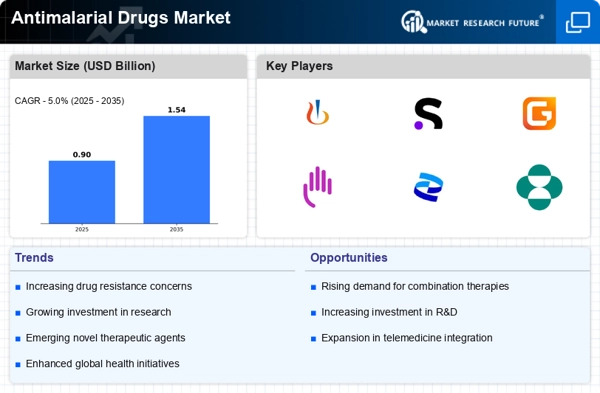
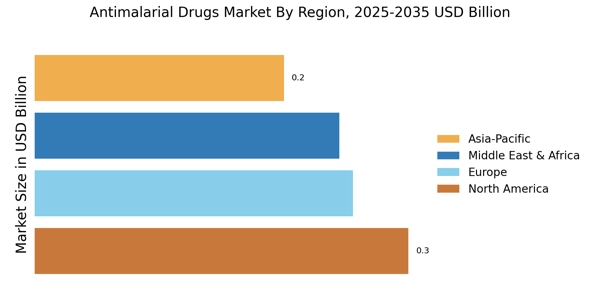


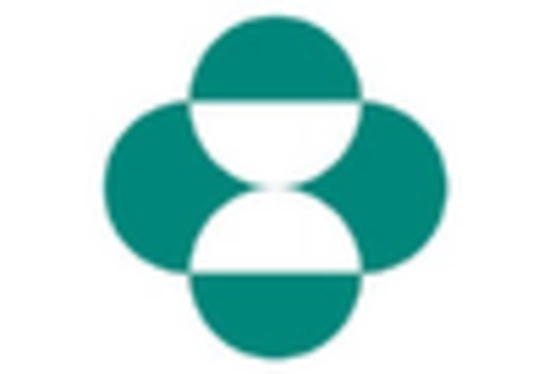

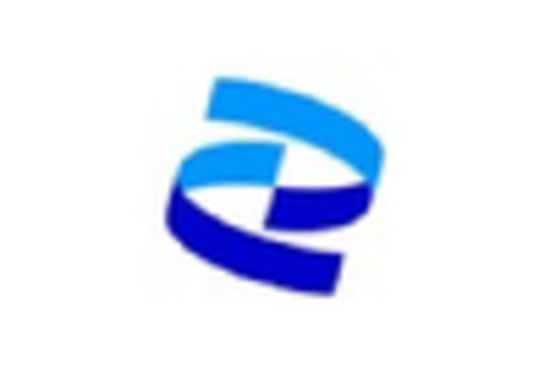
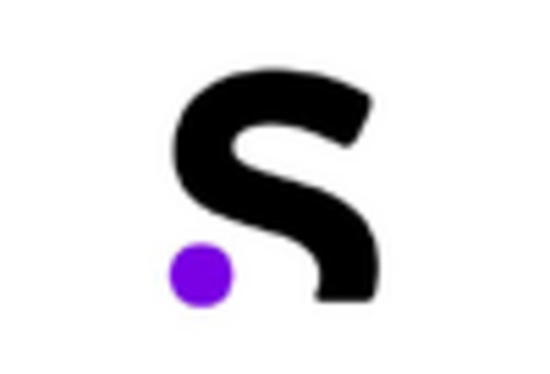








Leave a Comment